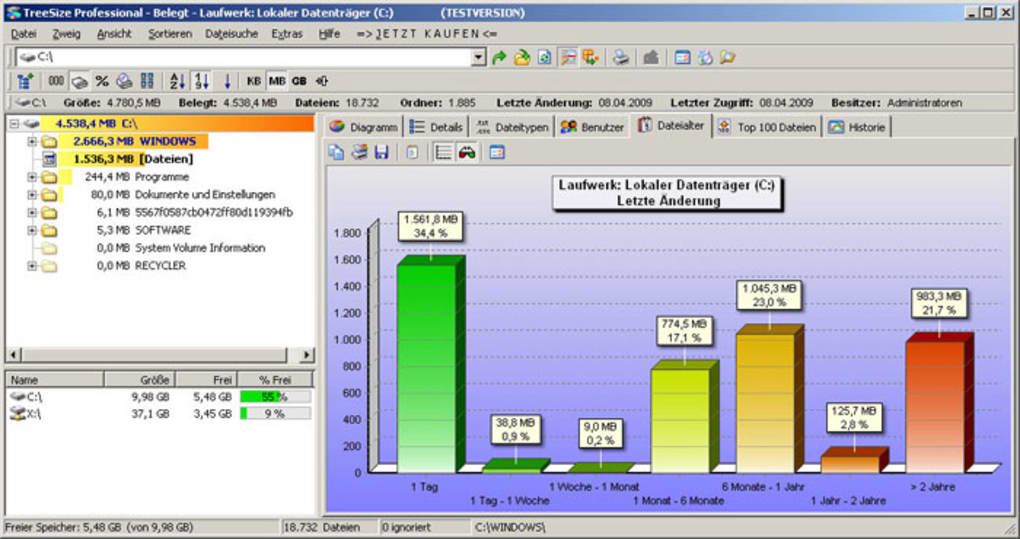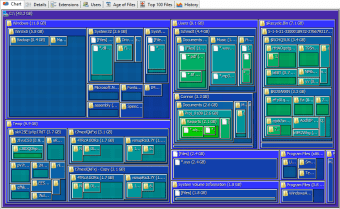

Compare XML reports or take snapshots of disk space usage to track changes over time. You can print detailedreports and graphs or export collected data to various formats such as XML, XLS, TXT, CSV and others. Search results can be moved, deleted, or exported to a ZIP file. TreeSize Professional shows folder size and allocated disk space, as well as owner and permissions, last accessed date, NTFS compression level, and more about selected folders or drives.īuilt-in universal file search helps you find old, large, temporary and duplicate files on disks, entire servers or on the network. Graphical analysis allows you to quickly visualize disk space usage. Use TreeSize as a hard drive cleaner: find and remove them. Manage disk space and analyze your hard drivesįind out which folders are the largest on your drives and find valuable storage space. TreeSize Professional can be launched from the context menu of any folder or drive. You can print detailed reports or export collected data to Excel and HTML, XML or text file. The application has an intuitive user interface similar to File Explorer, is fast and multi-threaded, supports Unicode and scheduled scanning. Search results can be moved, deleted or exported. It also allows you to search disks, entire servers, or the entire network for old, large, temporary, and duplicate files. TreeSize Professional shows size, allocated and unused space, number of files, 3D graphics, last accessed date, file owner and permissions, NTFS compression level and much more information for multiple folders or drives of your choice. Find out which folders are the largest on your drives and recover megabytes from a drive. TreeSize Professional is a powerful and flexible disk space manager for all windows.

There are some workarounds to gain access to those network drives anyway: This is because Windows uses different user environments for non-elevated and elevated processes. One side effect of this is that you may not see your mapped network drives anymore (Windows 8 and later), or they all appear disconnected (typically in Windows Vista and 7) in all applications that run with administrator privileges. Since Windows Vista and later, Microsoft enforces more strict security rules on the operating system.


 0 kommentar(er)
0 kommentar(er)
